The 9-Step Change Cycle| Step 9 Reflect & Refine with PDCA
Change is an inevitable part of life, especially in the dynamic landscape of business. Whether it’s adapting to market shifts, integrating new technologies, or restructuring operations, organisations must navigate change effectively to thrive.

Change Consulting Scotland’s 9-Step Change Cycle offers a structured approach to managing change — a hybrid of Kotter’s Change Principles and Lean Sigma Methodology developed with over 30 years of experience in Change Management. Step 9, Reflect & Refine, plays a pivotal role in ensuring the success and sustainability of transformation efforts. One powerful tool that can enhance the Reflect & Refine process is the Plan-Do-Check-Act (PDCA) cycle.
This article is the last in our 9-Step Change Cycle series. Each article explores the impact of each essential step, complete with a case study. This piece is no different. Today, we summarise the importance of Reflect & Refine in securing sustainable and meaningful change and round out the series with the success stories of Toyota and Netflix!
Why Reflect & Refine Matters

Reflecting on past actions and outcomes is crucial for continuous improvement. In the context of change management, Step 9 allows organisations to pause and evaluate the effectiveness of their change initiatives. It provides an opportunity to celebrate successes, learn from failures, and identify areas for refinement. Without reflection, organisations risk repeating mistakes and missing out on valuable insights that could enhance future change efforts.
When to Reflect & Refine

We recommend planning Reflect & Refine events into your change plan from the outset. These can be timed, or milestone related, perhaps a mixture of both. If the changes are swift with many changing parts and your project compacted into a shorter timeline, it may be that twice-weekly or monthly retrospectives are required. On the other hand, for longer-burn projects, it might be worth scheduling longer workshops every couple of months.
Your change roadmap and project plan will also indicate key milestones such as communications and version releases — these types of events serve as flags to trigger Reflect & Refine activities with your team. Of course, constant feedback loops, information collection and customer (internal and external) surveying are also Reflect & Refine processes that can serve to shed light on blind spots and provide your team with opportunities to do better.
Ultimately, Step 9 can operate on the micro and macro level when it comes to your change project, making continuous improvements as your project progresses as well as sustaining the entire cycle of improvement even after your initial change project is complete.
How to Implement Reflect & Refine with PDCA

The PDCA cycle, also known as the Deming Cycle or the Shewhart Cycle, is a four-step iterative process for continuous improvement. Here’s how it can be integrated into the Reflect & Refine step of Change Consulting Scotland’s 9-Step Change Cycle:
Plan| In this step, organisations identify objectives and establish a plan for change implementation.
During Reflect & Refine, teams should review the initial plan and assess its effectiveness in achieving desired outcomes. Were the objectives clearly defined? Were the strategies and resources adequate? This reflective process helps identify any gaps or areas for improvement in the planning phase.
Do| The “Do” phase involves implementing the planned changes.
During Reflect & Refine, organisations evaluate the execution of the change initiatives. Did the implementation proceed as planned? Were there any unexpected challenges or obstacles encountered? By examining the execution process, teams can pinpoint areas where adjustments may be necessary to improve future implementation efforts.
Check| In the “Check” phase, organisations assess the results of the implemented changes against the desired outcomes.
During Reflect & Refine, teams analyse the impact of the change initiatives. Did the changes achieve the intended results? Were there any unintended consequences? Through this evaluation, organisations gain valuable insights into the effectiveness of their change efforts and identify opportunities for refinement.
Act| The final step of the PDCA cycle involves taking action based on the insights gained from the previous steps.
During Reflect & Refine, organisations develop action plans to address identified areas for improvement. This may involve revising strategies, reallocating resources, or implementing new processes to enhance future change initiatives. By acting on the lessons learned, organisations ensure continuous improvement and adaptability in the face of change.
CASE STUDIES
Now let’s see Reflect & Refine in action. Toyota provides an example of a company that integrates Reflect & Refine throughout its business processes and culture. Netflix’s quick adaptation to their environment exemplifies how Reflect & Refine can save your change project in the heat of the moment.
Toyota: a culture integrating Reflect & Refine

Toyota provides a compelling example of how the PDCA cycle can drive continuous improvement in change management. As a pioneer in lean manufacturing principles, Toyota has ingrained the PDCA cycle, known as the “Toyota Way,” into its organisational culture. Through regular reflection, refinement, and iteration, Toyota has consistently improved its processes, products, and performance, remaining competitive in the global automotive industry since the 1940’s. In recent history, Toyota’s Reflect & Refine approach has helped them lead the way in electric vehicles by responding to the global demand for environmentally sustainable options by releasing the first hybrid electric vehicle for mainstream retailers — the Toyota Prius.
Netflix: Reflect & Refine for responsiveness

In 2011, Netflix faced significant backlash after announcing changes to its pricing structure and subscription plans. Customers were outraged, leading to a mass exodus and a substantial drop in the company’s stock price — 77% in four months!
However, Netflix didn’t dwell on the setback. Instead, they quickly initiated a reflective process to understand what went wrong and how they could do better. They identified their essential metrics (subscriber numbers) and all factors affecting this across the entire Netflix team, with a focus on Finance. Through internal retrospectives and customer feedback analysis, Netflix identified the need to communicate changes more effectively and prioritise customer satisfaction. Their reflections meant that they could clearly understand and agree that they had to take further initial financial hits in their revised approach, before things would get better.
Armed with these insights, Netflix made strategic adjustments to its approach, including clearer communication with customers and a renewed focus on content quality and variety. As a result, Netflix not only regained the trust of its customers but also emerged stronger, solidifying its position as a leader in the streaming industry. By 2013, Netflix had not only recovered, but achieved a 30% growth in stock price on top of where it began in 2011.
Learning lessons from our past makes for a better future!

In the fast-paced world of change management, the ability to reflect on past experiences, refine strategies, and drive continuous improvement is indispensable. Change Consulting Scotland’s Step 9, Reflect & Refine, employs a hybrid of Lean and Change Management methodologies to provide tailored and structured frameworks for organisations to learn from their successes and failures. By integrating the PDCA cycle into the Reflect & Refine process, businesses can leverage a powerful tool for driving ongoing improvement and adaptation in the face of change.
Missed the other 8 Steps of the 9-Step Change Cycle? Never fear, click here!
If you enjoyed this article and would like to share thoughts or questions, please drop a comment below, connect on LinkedIn, or book a 30-minute chat. You can also learn more about our services or download resources via the CCS website.

